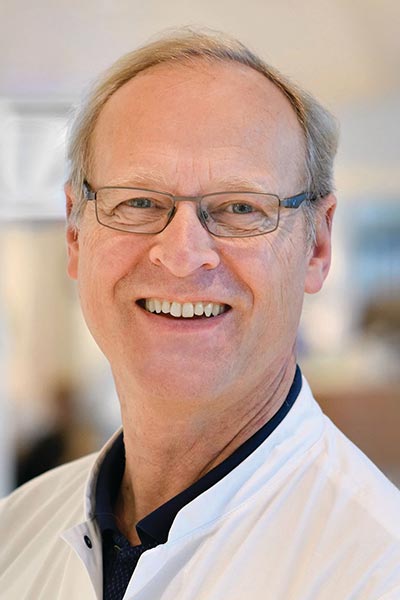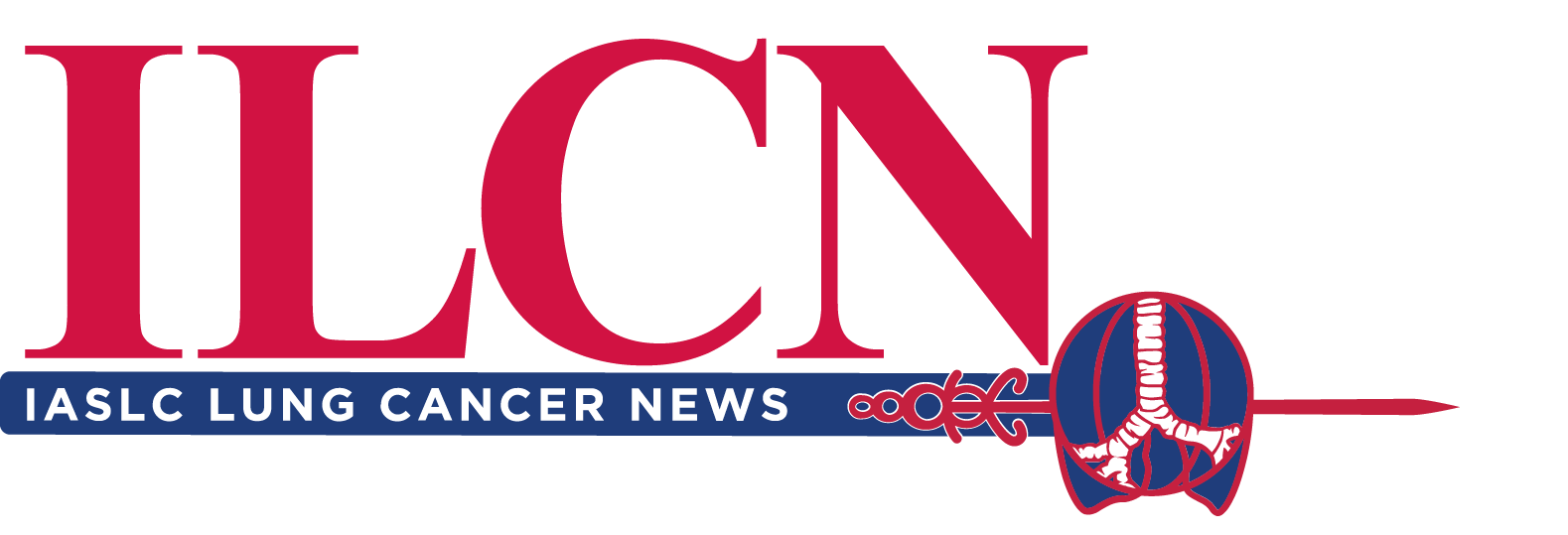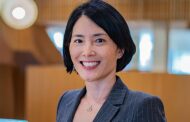The IASLC Global Committee for Rare Thoracic Tumors is one of the organization’s newer initiatives, dedicated to improving the understanding and management of rare thoracic cancers worldwide.

Committee Chair Paul Baas, MD, PhD, Professor in the Department of Thoracic Oncology at the Netherlands Cancer Institute in Amsterdam, discusses the committee’s origins and its mission to foster global collaboration, education, and mentorship for the next generation of investigators in rare thoracic malignancies.
ILCN: What inspired the formation of the Rare Tumors Committee, and how does it align with the IASLC’s broader mission?
Dr. Baas: I’ve been a member of the IASLC since the 1990s and have always believed in the importance of a global association dedicated to lung cancer research. Over the years, the IASLC has grown significantly, especially with advancements in diagnosis and treatment. Historically, the focus has been on non-small cell lung cancer (NSCLC) and small cell lung cancer (SCLC).
However, with declining SCLC incidence—partly due to reduced tobacco use and rising awareness—and increasing recognition of tumors like thymomas and mesothelioma, it became clear that we needed to broaden our focus. These rare malignancies, often referred to as “orphan tumors,” still demand dedicated attention and research.
We previously had a dedicated mesothelioma subcommittee, which functioned well. However, SCLC and thymic epithelial tumors (TETs) received less structured attention. By bringing these groups together, we saw an opportunity to encourage collaboration across diagnostic and therapeutic disciplines, improve information exchange, and accelerate progress. This was the foundation for the Rare Tumors Committee.
ILCN: What are the committee’s current priorities to improve outcomes for patients with rare thoracic tumors?
Dr. Baas: Our focus is aligned with the IASLC’s core pillars: education, global inclusion—particularly in low- and middle-income countries—and the advancement of scientific research. Under the leadership of IASLC’s CEO, Dr. Karen Kelly, we’ve been able to expand these initiatives significantly.
We’re working to attract more engagement from underserved regions, support early-career investigators, and promote new research studies. A key priority is sharing knowledge—whether it’s through training, mentorship, or helping others avoid common pitfalls. We want to make resources and guidance more accessible to both developing countries and young professionals worldwide.
ILCN: How is the committee supporting global collaboration in rare tumor research?
Dr. Baas: Collaboration starts with understanding who is doing what and where. We’ve begun mapping key opinion leaders and active researchers in regions such as Central and South America, Africa, Egypt, India, and Indonesia. These are areas where the IASLC can provide real support.
We’re building a database to identify regional priorities—whether it’s educational content like webinars, help with clinical studies, improved diagnostic capabilities, or opportunities for exchange programs.
Thanks to an IASLC grant, we’re now actively working on this effort. That said, it’s a long-term project. We expect it will take 3 to 4 years to fully establish the infrastructure needed for sustainable global collaboration.
ILCN: How does the committee define a “rare tumor” in thoracic oncology? Has this definition changed over time?
Dr. Baas: “Rare” typically refers to cancers with an incidence of fewer than five cases per 100,000 people per year. For example, in a population of 1 million, a tumor with 40 new cases annually would qualify as rare.
Over time, we’ve seen significant shifts in incidence. In the 1990s, SCLC made up about 20% of lung cancer cases, but that has since declined to about 12%. Tumors like mesothelioma and thymoma represent an even smaller share, only a few percent of all thoracic cancers.
To illustrate: in the US, the incidence of SCLC has dropped from about 9 to 4.6 cases per 100,000 during the past two decades. In Europe, the reduction has been from 15 to 8.9 per 100,000. These shifts underscore the importance of continued focus and research into these less common diseases.
ILCN: What role do education and awareness play in improving care for populations with rare tumors?
Dr. Baas: Education is one of our most critical objectives. The chairs of the SCLC, thymoma, and mesothelioma groups—along with myself—are committed to supporting training and knowledge-sharing, especially for early-career investigators.
We host webinars, distribute educational materials, and maintain networks of specialists who can mentor or teach others. Of course, regulations differ between countries, so we often need to tailor programs to local contexts.
It’s encouraging to see strong representation in our committee—not just in terms of gender, but also in geographic diversity, with members from Asia, South America, Europe, the US, and beyond. Everyone is highly motivated to advance research and improve care in SCLC, mesothelioma, and thymoma.
We also organize dedicated sessions at the World Conference on Lung Cancer and collaborate with other organizations like the International Mesothelioma Interest Group, and the International Thymic Malignancy Interest Group. These joint meetings are key to engaging young professionals and promoting the latest developments in the field.
ILCN: Is there anything else you’d like readers to know about the committee’s work?
Dr. Baas: I’m honored to serve as the first chair of this committee. In the past, these efforts were fragmented across disease-specific groups. Now, by bringing them together under one umbrella, we’ve created an environment where meaningful interdisciplinary collaboration can thrive.
We have pathologists, (radiation) oncologists, nurses, and other experts all working side by side. This cross-pollination of ideas and experiences is one of the greatest strengths of the committee, and I believe it will be key to unlocking new progress in rare thoracic cancers.





